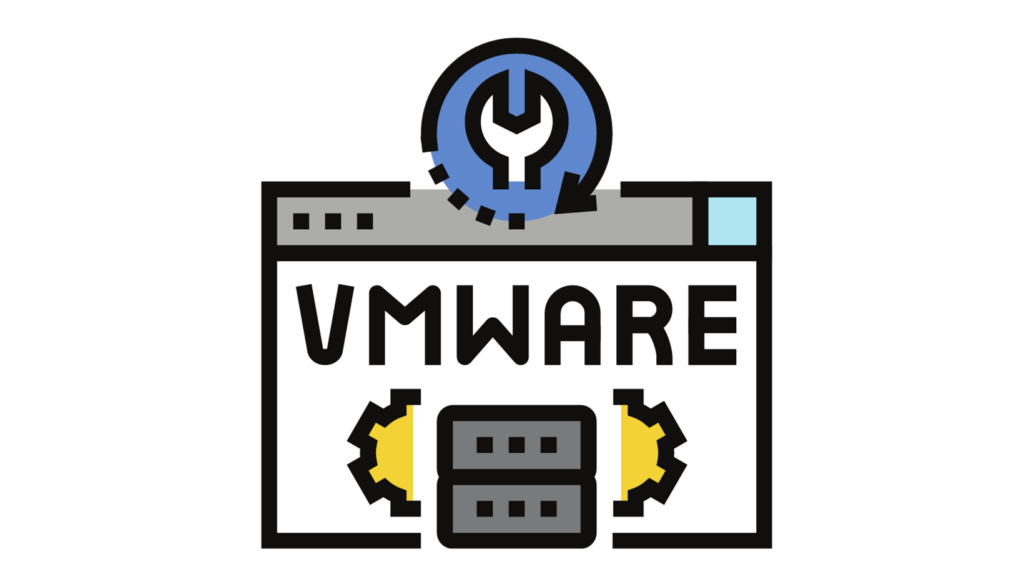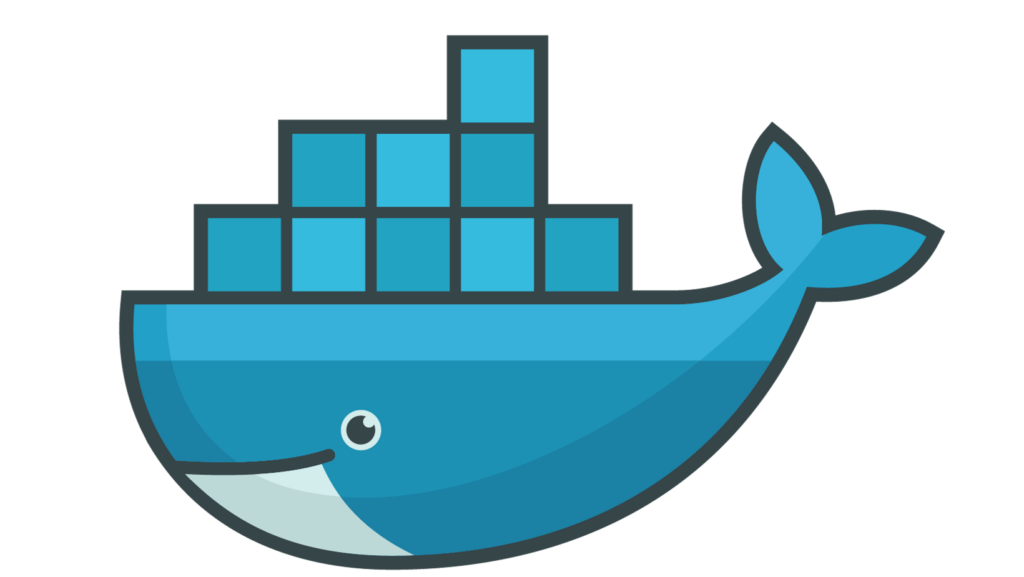Evolution of Application Deployment: From Dedicated Servers to Containers
In an earlier period, businesses relied on dedicated servers for each application they operated. Whenever a new application was needed, a brand-new server was purchased without accurately gauging its performance needs. This resulted in a surplus of high-powered servers running well below their capacity, causing significant financial waste for companies.
Then, along came VMware, which introduced virtual machines (VMs). VMs allowed multiple applications to run on a single server. This innovation was a game-changer for IT departments because it meant they didn’t need to constantly buy new servers. Instead, they could utilize the spare capacity on existing servers.

However, while VMs were a step forward, they had their drawbacks. Each VM required its own complete operating system, leading to resource inefficiency and slower performance. Enter containers, a solution that addressed these issues.
Containers, similar to VMs but different in a key way, allowed multiple applications to share a single operating system. This optimized resource usage and significantly reduced maintenance overheads and licensing costs.
The roots of modern containers lie in the Linux ecosystem, owing much to contributions such as kernel advancements and tools like Docker. Docker, especially, made the complexities of containers more accessible to a broader audience.
Microsoft also jumped on board, collaborating to bring container technology to the Windows platform. This resulted in Windows containers, making container use familiar to both Linux and Windows users.

However, an important distinction exists: Windows containers work exclusively on Windows hosts, while Linux containers require Linux hosts. But advancements like Docker for Windows have made it possible to run Linux containers on Windows systems, although with certain limitations.
Regarding Mac computers, there isn’t a specific concept of ‘Mac containers.’ Nonetheless, developers can leverage tools like Docker for Mac, allowing them to efficiently run and test Linux containers on their Mac systems through a lightweight Linux-based virtual machine.
In summary, the evolution from separate servers to VMs and now containers has reshaped how applications are managed and deployed. Containers, by efficiently sharing resources and offering ease of use across platforms, have enhanced the way businesses run their applications.
Evolution of Application Deployment: From Dedicated Servers to Containers Read More »


